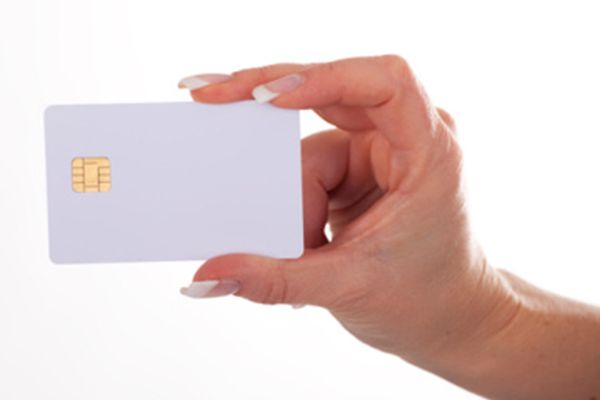Building Up to NFC
Back in 2004, three big companies — Nokia, Sony and Philips — got together with the goal of establishing a standard for near field communication technology. While these companies worked to standardize NFC, the technology that makes it possible dates back much further. And it all begins with the relationship between magnetism and electricity.
When electrons flow through a conductor, they create a magnetic field. And when magnetic fields change, they can cause electrons to flow through a conductor. This relationship — known as inductive coupling — allows for some interesting applications in electronics. One of the most versatile is a transformer — just to be clear, that’s a device that converts electricity from one voltage to another, not a robot that’s more than meets the eye.
It’s easy to see the effects of inductive coupling with a simple experiment. Take two lengths of copper wire and coil them — the coiling helps amplify the magnetic fields we’ll be generating. Attach one length of copper wire to a battery. You now have a very simple circuit as electrons flow from one end of the battery through the wire and into the other end of the battery. Connect the second coil of wire to a voltmeter — a device that measures voltage traveling through a circuit. Bring the two coils closer together and you should see the needle on the voltmeter move.
What’s happening is that the magnetic field from the coil attached to the battery is inducing electricity to flow through the second coil of wire. Move the coils apart and the needle will come to rest at zero. The strength of inductive coupling depends on several factors, one of them being the distance between the two conductors.
Radio frequency identification (RFID) tags are one application of inductive coupling. This technology is a predecessor to NFC. With an RFID tag, an electronic reader generates a magnetic field. Bringing an RFID tag close to this field induces electricity within the RFID tag. The reader detects the new magnetic field from the RFID tag and registers it. Many transportation systems and security systems use this sort of technology — the RFID tag is in a card or fob that you must place near a reader to activate. This method is called passive RFID. Newer RFID technology adds the capacity to have a powered RFID tag, which we call active RFID.
For more detail: How Near Field Communication Works

